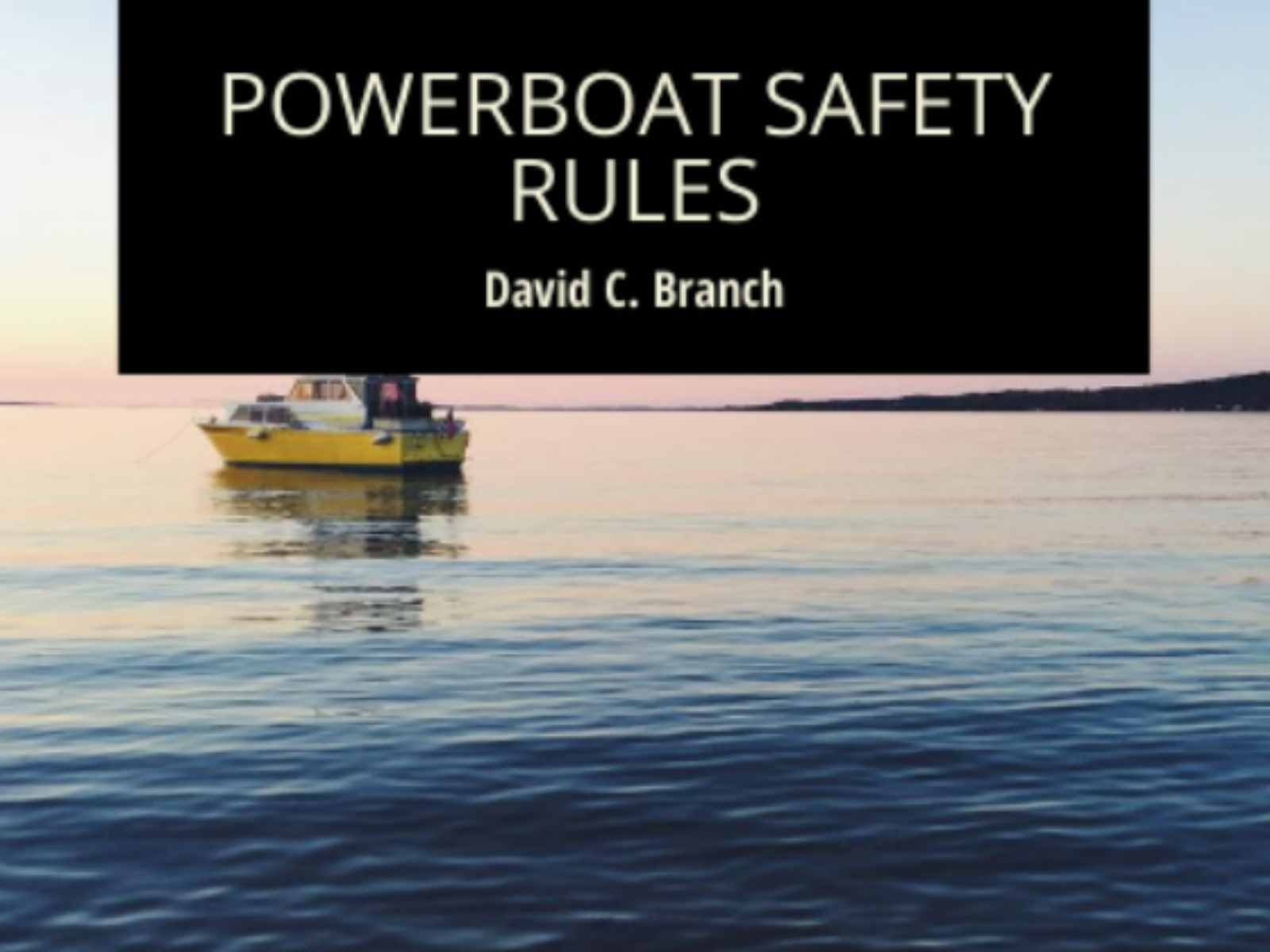Safety is an important issue when operating a powerboat. To be safe out on the water, the person operating the boat should be familiar with safety rules. The person operating the boat should also make time to educate the rest of the people on board on what to do in the event of an emergency.
Pre-Race Safety
The boat crew must start thinking about safety before the boat even touches the water. All powerboats must be cleared by a Race World Offshore (RWO) inspector. To receive clearance, the boat must pass the pre-race safety and technical inspection. If a boat refuses an inspection it will be disqualified from the race.
This inspection will include a visual inspection of the hull, propulsion, and engine for compliance with class technical rules. The team will also be checked for marketing requirements. Further details with regards to marketing and logos can be found in the RW) manual. It is up to the boat owner or riding crew member to submit the team’s equipment to the inspectors.
Boat Requirements
To participate in the race, all registered race boats must-have racing seats with sufficient lateral support and structure. This is due to the forces encountered in offshore powerboat racing.
It is not required but highly recommended that inside hatch covers be painted iridescent yellow for visibility and be open at all times.
Locking boat intercom plugs are not allowed. Plugs must be able to easily disconnect from the helmet to be used. Additionally, in a restrained cockpit, an emergency kill switch must be accessible to all crew members.
All members inside the boat must have a protective shield over each input drive shaft. The shield needs to be made of either 1/8″ steel or 1/4″ aluminum. The shield needs to completely encircle the length of the shaft and each exposed joint.
Cleats and Deck hardware need to be recessed and protected and each boat needs to have two bilge pumps. The boat must also have a licensed ship-to-shore radiotelephone permanently installed in an unexposed location with a minimum of twenty-five watts power with VHF channel 6, 78A, and other channels designated by RWO.
Please login to comment.









